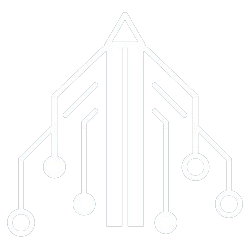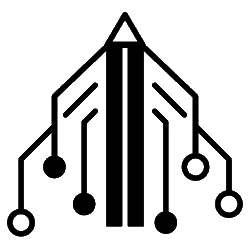2022 left us with impressive tools that make use of artificial intelligence for multiple purposes. OpenAI surprised us with DALL-E 2 or ChatGPT, taking image generation and conversational AI to another level. In addition, other prominent ones such as Stable Diffusion or Midjourney also knew how to gain a foothold when it comes to generating images through a text description.
All of these tools powered editing apps and websites of all kinds. Some time ago we told you about Playground AI, an image editor from which you could ask anything and it edited it for you with the parameters that you provided (within some margins). With the same purpose we found another similar tool, although more focused on study results: Deep Agency.
An AI-generated modeling agency
Deep Agency is an editing tool that uses artificial intelligence to offer images of models purely generated by AI. The tool is optimized to offer studio photos, so in addition to being able to obtain professional images of our faces, it can also be useful for those who need models for a web page or project.
The web is very easy to use, and we can register in seconds through our Google account. However, the tool only offers one model to work with for free. In the event that we want to generate other models, or we want to use our photos to train its AI, we will have to go to its Premium plan, which is currently priced at $29 per month for 1,000 photos.

In our case we have obtained a free model to check how the tool works, and the truth is that its results are usually quite effective. As can be seen in the image, on the side we find an extensive catalog of photos that serve as a reference for our creation. In this way, the generated photo will try to imitate the pose and colors of the reference image.
We can also upload any photo we have lying around, either downloaded to our computer or from a URL. The tool also offers a pose editor, being able to specify to the AI how we want the model to appear.

In the box to insert the prompt we can write anything and the AI (in this case Stable Diffusion) will generate the image based on that description. In the test we see that the ‘sks female’ keyword is mandatory, because it has been used to train the test model. Something similar to what we told you in this article where we explain how to train an AI with our jet.
On the right side we find other filters to apply to the photograph, being able to modify the time of day in which it has been ‘taken’, and we even have three options that imitate the result of the Fujifilm XT3, Canon EOS Mark II and Sony α7 cameras . We can also modify the lens and aperture, as well as the shutter speed or lighting.
In the event that we have acquired the pack with up to 1,000 photos, we will be able to train the AI to obtain studio-quality photographs of ourselves. For this, all we have to do is upload 20 selfies ours in different positions so that the AI can generate the model. In each generation it usually takes a few seconds, and once ready we can download the photo or work on it to modify it.
This tool can also be useful for those who need model photography for their project but cannot afford to hire someone from an agency (hence the name Deep Agency).


